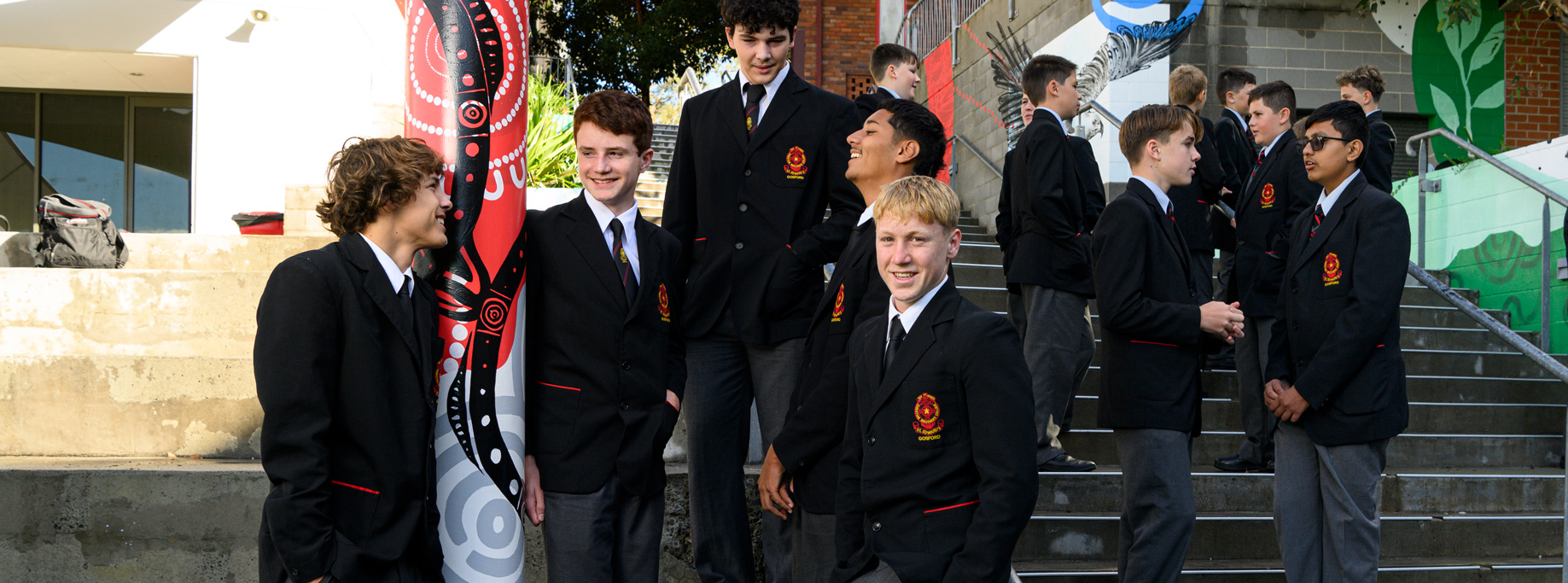
Throughout Australia’s history, Aboriginal and Torres Strait Islander peoples have endured the hardship of having their stories and their history, removed from our national narrative. Together, we need to work towards remembering and respecting ALL people who have served our country and to tell the stories of those who have not had their voices heard for decades.
Throughout the presentation, stories of the experiences of Aboriginal service men and women were told. These stories were told in first-person to give an insight into the events and emotions of those that lived through some of the most important and horrific conflicts in Australia’s history. The stories were a combination of the soldier’s words and the official biographies written of them. The reader reading the stories was illuminated, casting a shadow on a white backdrop behind them. This shadow represented the spirit of that soldier, helping us to remember their story and reminding us that even though they may not be buried in their ancestral home, their spirit lives on in the lands around us.
Below is an example of one of the stories told:
Richard Martin
Quandamooka/Noonuccal man I enlisted in the Australian Imperial Force (AIF) on 17 December 1914. As my people, the Aboriginal people, were prevented from enlisting, I declared that I was a New Zealander with five years’ service in the Light Horse. In fact, I had been born on Stradbroke Island in Queensland and had no known previous service.
On 9 May 1915 I joined the 15th Battalion at Gallipoli. Apart from time spent hospitalised on ships or on the nearby island of Lemnos, I remained on the peninsula until the campaign ended in December.
Following the evacuation from Gallipoli, the AIF was reorganised and expanded. As a part of this process, I was transferred to the 47th Battalion and sent to fight on the Western Front, arriving in France in July. Nearly two months later, my Battalion was involved in the grim fighting around the French village of Pozières. Two days after entering the front line, I was evacuated, wounded and suffering from shell shock. I had a brief respite from the front line but rejoined my battalion when it left the front line four days later.
Over the next 18 months we were involved in some of the most costly battles on the Western Front at Bullecourt, Messines, and Passchendaele, where throughout these battles, I was wounded twice more, and was admitted to military hospitals in France and England to recover from gunshot wounds.
In late March 1918, the German army launched a major offensive in an attempt to break through Allied lines near the village of Dernancourt – despite heavy casualties our Australian line did not break.
I was among those casualties, killed in action for my country.
_______________________
In September 1920, Richard’s mother, Rosey, wrote to the Base Records Office requesting Richard’s 1914–15 Star and his military overcoat:
“I am sure you will realise how a mother values personal belongings and tokens of bravery and courage of a son who is now gone forever.”
Unfortunately, Rosey was never to receive any of Richard’s belongings or medals. To further add to the hurt and suffering of Richard’s family, he was buried in an unmarked grave, his family not knowing where his final resting place is.
This story highlights some of the experiences of Aboriginal and Torres Strait Islander soldiers during Australia’s wartime history, it is important that these stories are told.
Lest We Forget.




























